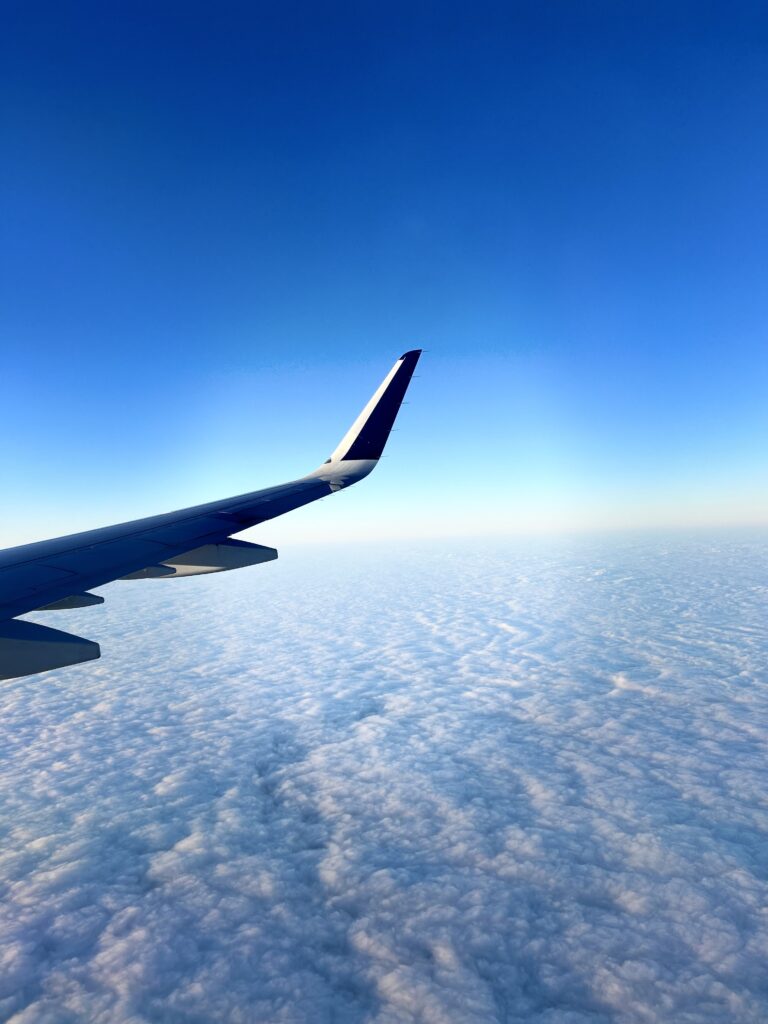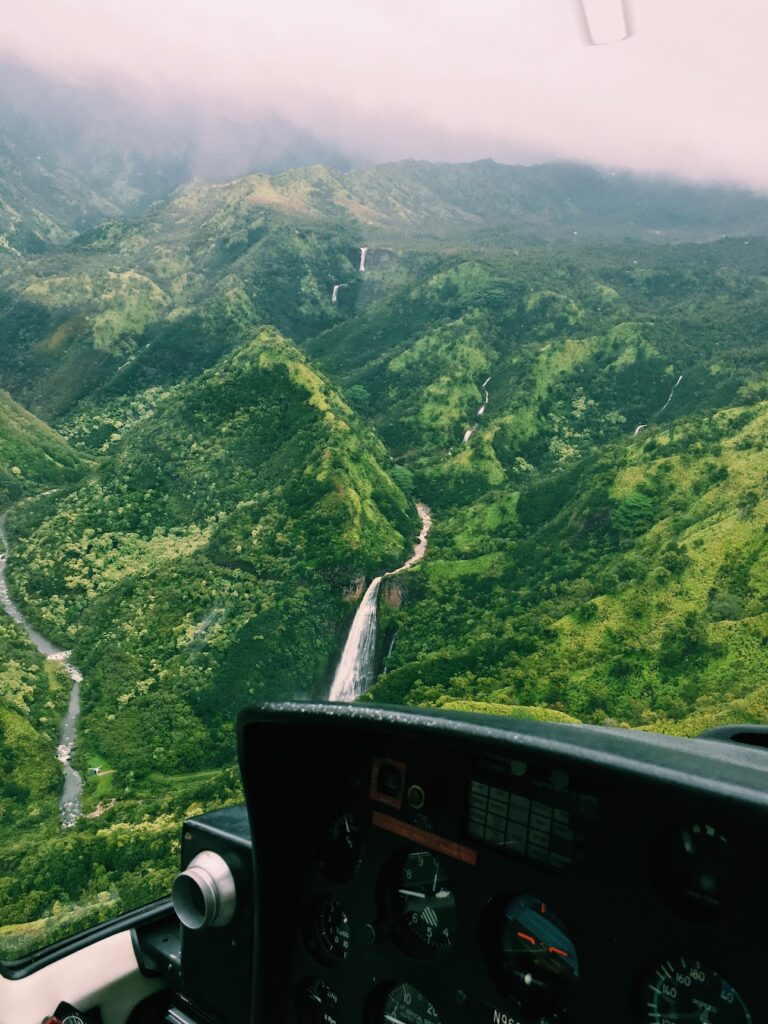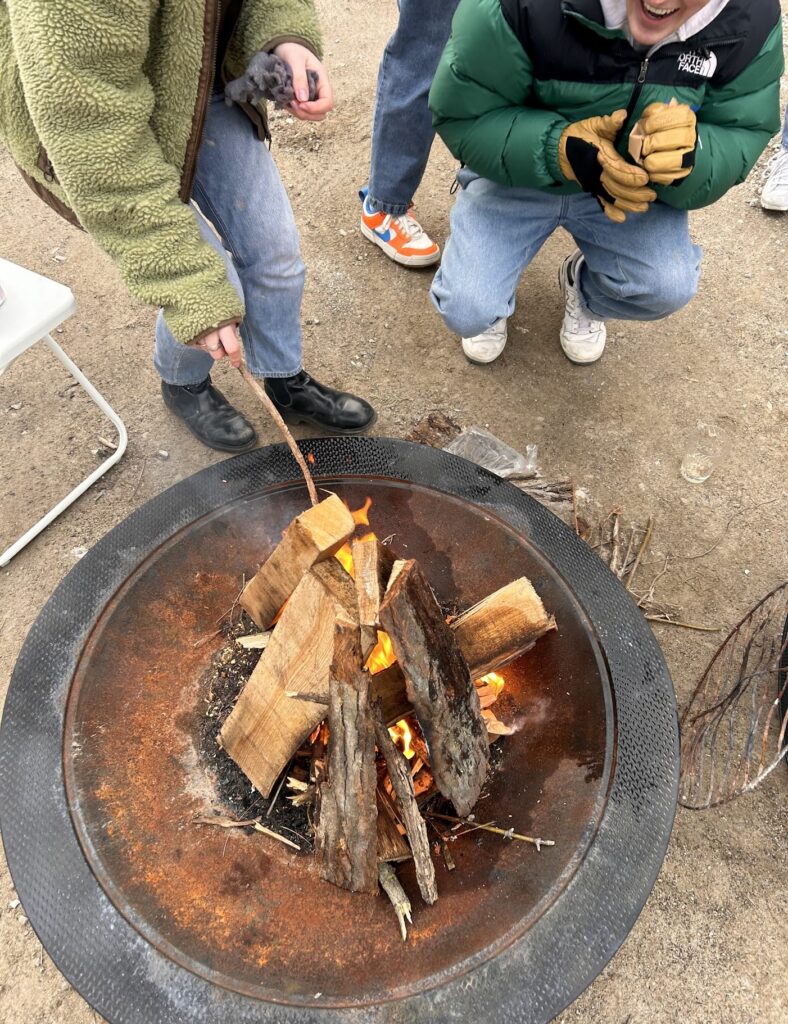
If you’re wondering how to sleep better on a plane, this is the post for you. The hurdles en route to falling asleep and staying asleep a mile high are exhausting yet still keep us from catching our Zs. You can pack the perfect flight essentials, but sometimes only tried and true tricks can help us fall asleep. Here, I’m sharing 3 tried and true tips for fast-tracking to that comfortable enough position for however much unconsciousness you are hoping for.
If you’re a people pleaser or you just don’t want to close up on the legroom for the old lady behind you, you’ll be glad that none of these methods involve reclining your seat. If you do have those extra few inches to help you doze off, then by all means. The secret to these 3 is the natural gravitational resistance that your head, neck, and upper body find, allowing longevity when your brain wanders off into dreamland.
How to Sleep Better on a Plane
1. The Tray Table
I’ve always been a tray table sleeper; it blocks out the light, you’re partnering with your head’s gravity, and when the expression on your face is in the hands of your unhinged dream imagination… it’s safely face down on a table. The issues I used to run into with the rookie method of crossing my arms and choosing a side to nestle my face in were waking up with my arms completely asleep and/or my back in knots.
Luckily, I found a solution that minimizes the cramp in your style during siesta time. If this doesn’t work for you I still think whatever cons come from half-asleep arms are outweighed by the pros of falling asleep at your desk with no chance of being abruptly awoken by your high school chem teacher.
The Tray Table technique that will leave you feeling light as a feather is all in how you position your arms to lay your head on. 1. Choose either your left or right arm to be the main dish for your forehead. 2. Use that hand to rest on the top of your forearm on the other arm. 3. Finally, rest your forehead on that main arm pillow and drift off to Cloudland. You’ll find that your arms create a steady home base resistant to unwanted movement, your face is nowhere near touching the tray table giving lots of room to breathe, and both arms making contact with the table divert your arms from falling asleep with you.
Also, make sure that your arms are completely relaxed and don’t harbor any tension when in position. Unfortunately, that strain will accumulate in your sleep, and this method just won’t work. Namaste.
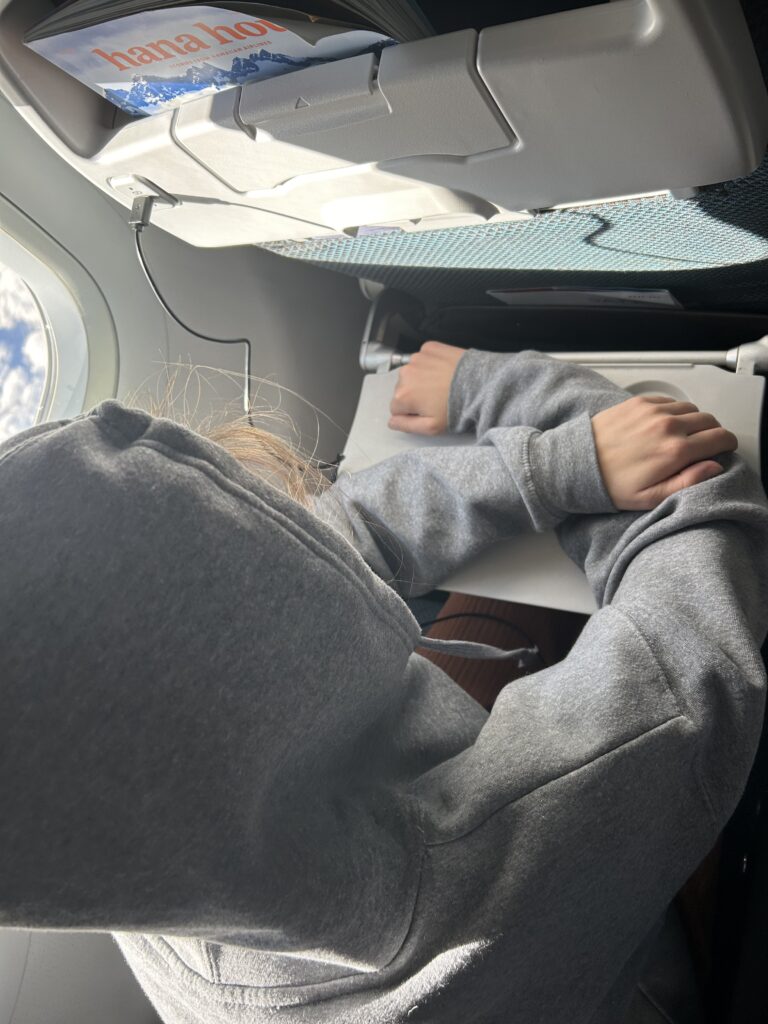

(on the left, arms find a relaxing position. on the right, head rests on left arm)
2. Window Seat
Sleep puts the window seat vs aisle seat superiority debate to rest almost immediately. The window seat is the clear cake-taker for a sleep seat as the aisle is prone to both interruptions from full-bladder seatmates and a absence of a wall to lean on. To really optimize the wall real estate you’ve been allotted you’re going to need to use the window placement on your wall section to your advantage. First start by drawing the shade down if you haven’t.
1. Find out whether your head is closer to the window’s front or back. 2a. If you’re closer to the front you’ll nestle your body weight forward in with your head leaning against the right end of the window. 2b. If you’re closer to the left side of the window you’ll lean back against the back edge of the window. This isn’t perfect on all planes but if you’re lucky enough to find a home base for your head gravity, you will have a comfortable enough upright position to pass out blissfully.
Or lean against your neck pillow on the wall.
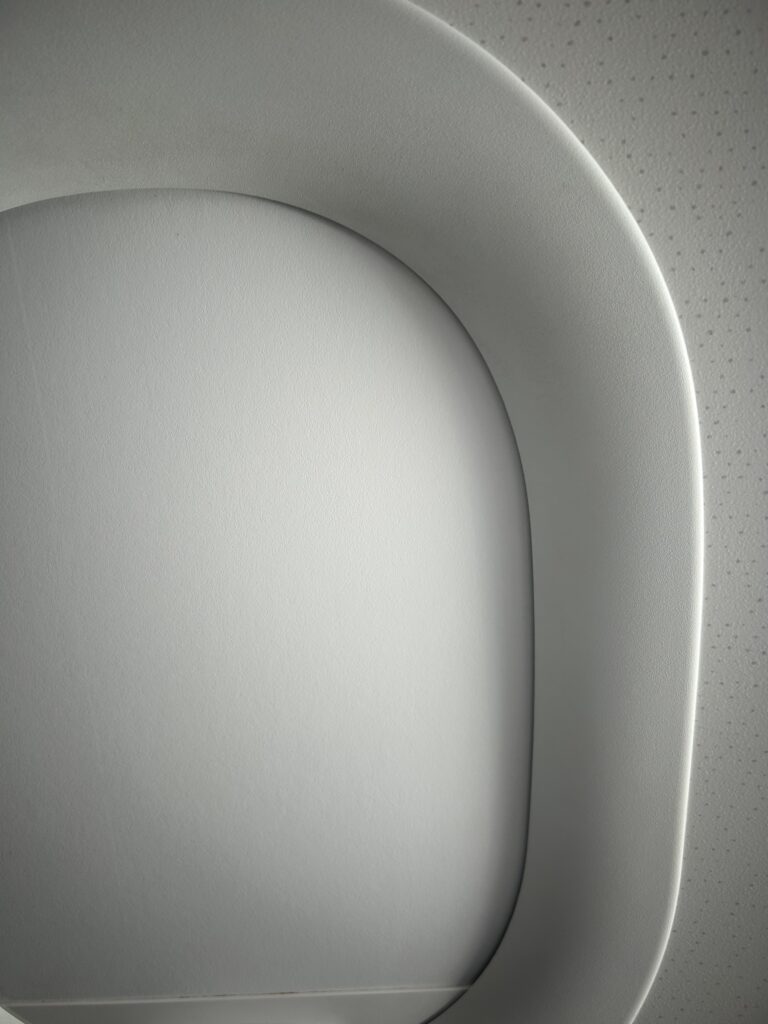
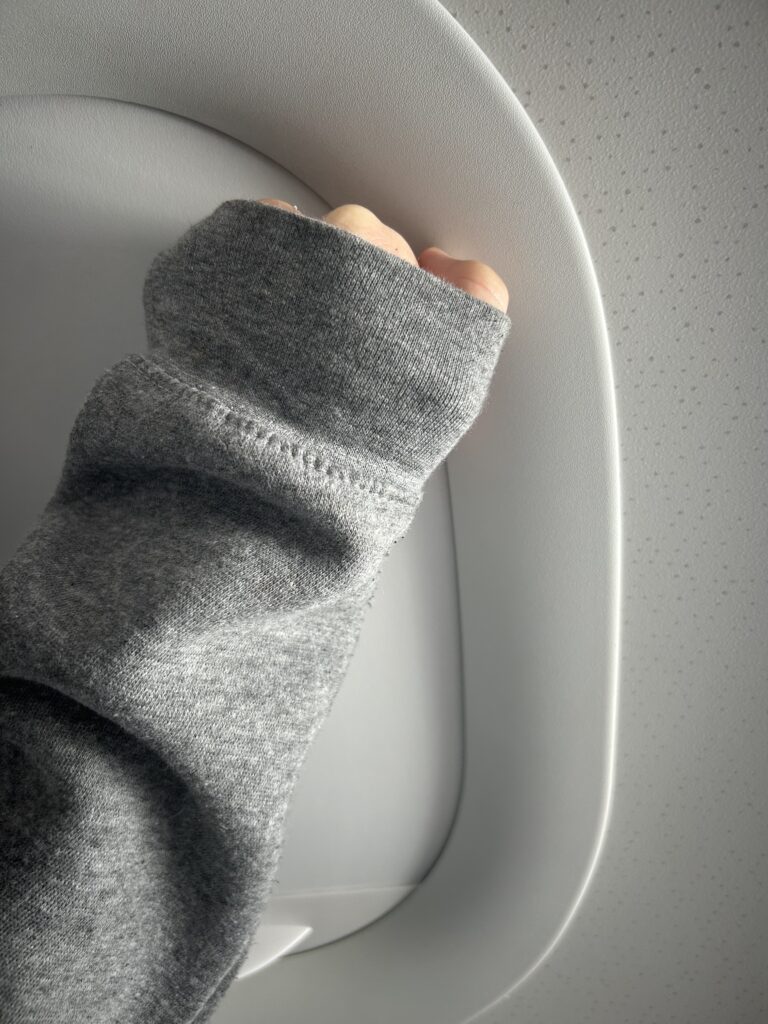
(my fist is where you should put your head)
3. Secret Seat Sleeper
If you know this technique and you’re an upright sleeper, then you’ve already reached nirvana, and there’s nothing left here for you. This technique trumps all other techniques to sleep better on a plane. On most planes, the seatback headrest has flaps that fold in and act as little bumpers for your head. Fold the bumpers up, rock your bowling ball to a side, and just like that, you’ve reached a much more ideal position than having your head snooze onto your neighbor. I like using the bumpers more than leaning against the window because, personally, less body movement means less deformity when I wake up.
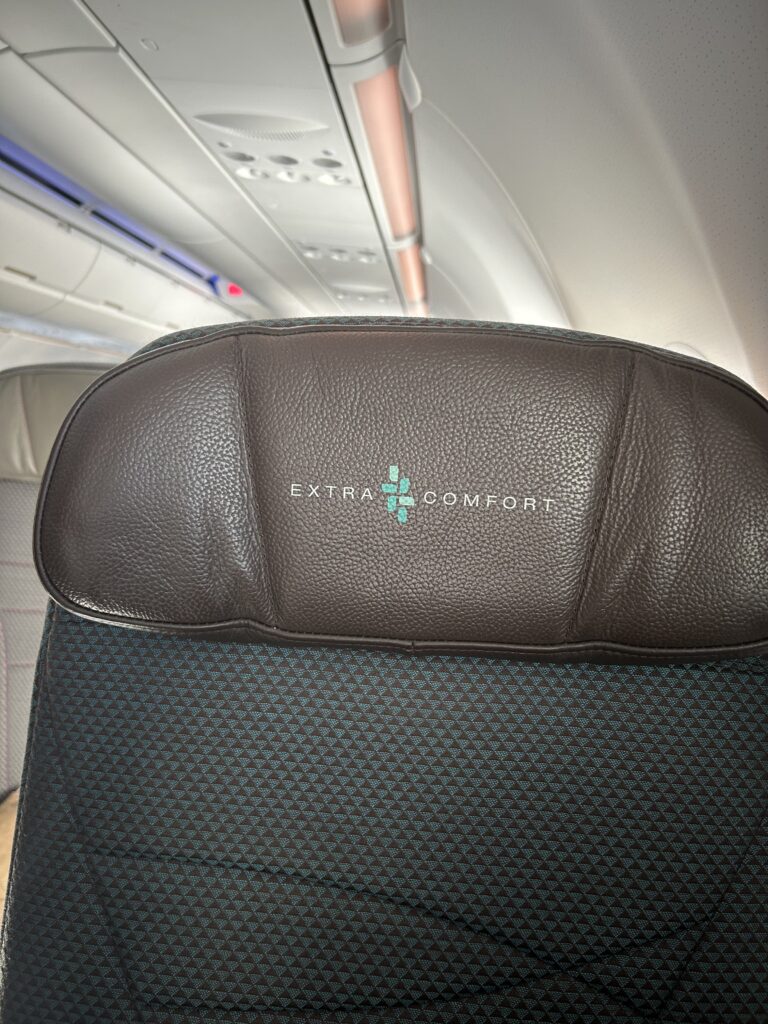
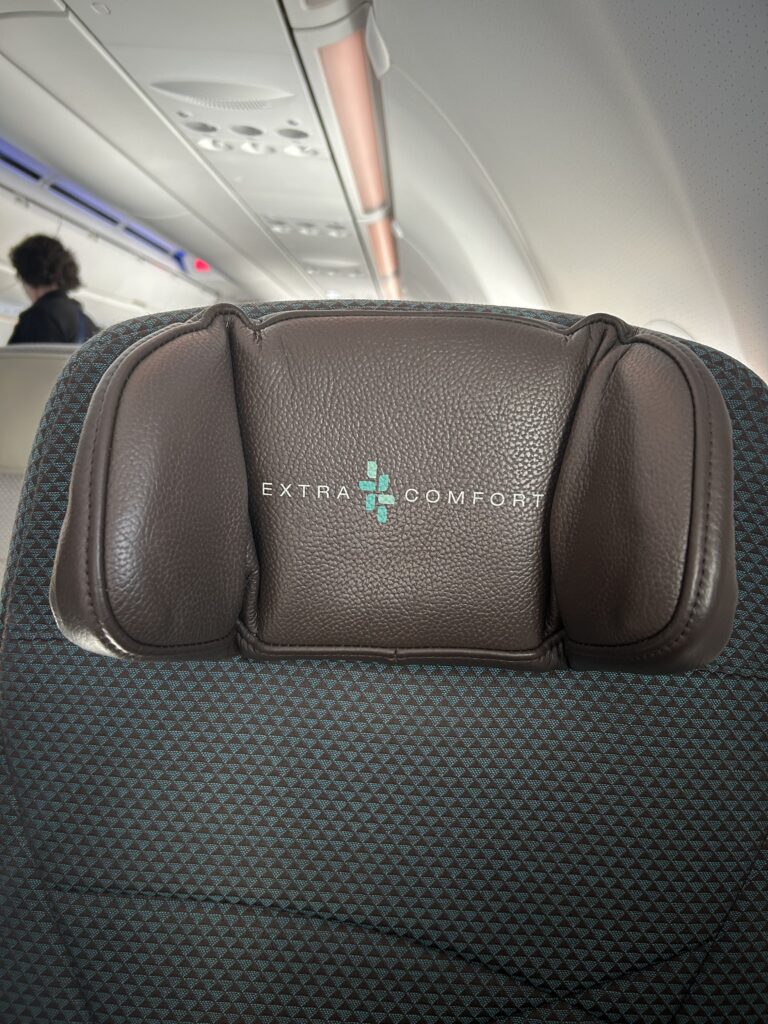
(I have no idea why they put me in an extra comfort chair, but it was definitely awesome) (the photo on the right is with the flaps up)
Hopefully, these methods help you sleep better on a plane and make your next flight more enjoyable. Follow my Instagram to stay caught up with all of my travels. Comment below your favorite way to sleep on a plane!

